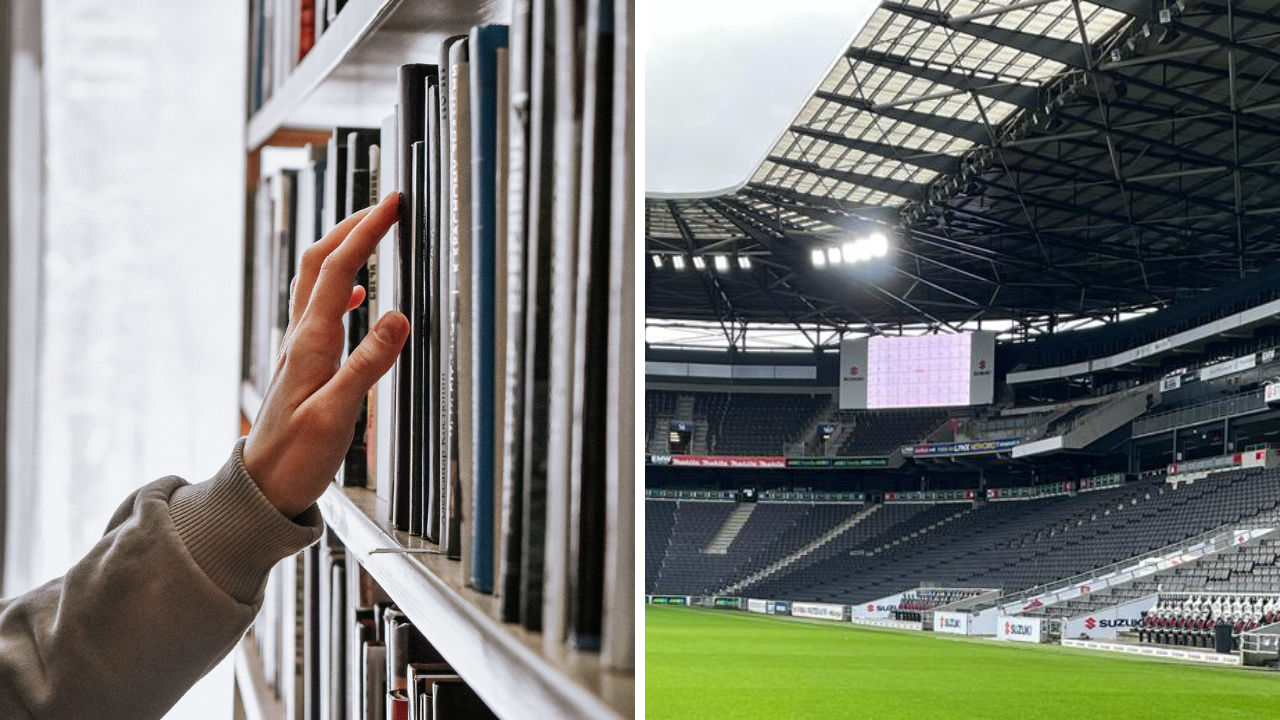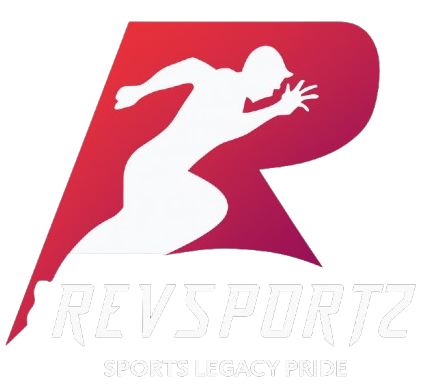
In most mature sporting economies, the relationship between academia and sports media is symbiotic – scholars generate insights that shape narratives, while journalists and broadcasters turn data into stories that move audiences and markets. From MIT’s Sports Lab collaborating with ESPN to Oxford’s Saïd Business School shaping Olympic legacy projects, the two worlds feed each other. In India, however, that connection remains sporadic at best, more parallel lines than intersecting circles.
Today’s Sports and Business Conference at the lush green, sprawling IIM Indore campus is a timely reminder that this gap cannot persist if India wishes to turn its sporting potential into a structured industry. The sports business in India is worth billions, yet the intellectual capital feeding it is worryingly thin. While we’ve mastered the art of monetising passion – from IPL valuations to Olympic medals – we’ve been slower to institutionalise knowledge around it.
In the U.S., academic programs in sports management produce graduates who move seamlessly into analytics, sponsorship, and production roles. The University of Michigan partners with the NBA on fan data; Columbia’s Sports Management students collaborate on NBC Olympics coverage. Europe has similar examples – Loughborough in the U.K. and Johan Cruyff Institute in Spain have become think-tanks that influence club strategy, player welfare, and media storytelling alike.
These collaborations ensure that the sports media ecosystem is not only commercially sharp but intellectually rich. The insights that fuel commentary, documentaries, or even digital fan engagement campaigns are often rooted in research – behavioral economics, cultural studies, or cognitive psychology. The result: a media environment that educates while it entertains.
In India, media and academia have rarely seen each other as collaborators. Sports journalism has evolved through instinct and hustle, not academic frameworks. Meanwhile, universities have treated sports as an extracurricular activity rather than a subject of intellectual inquiry. As a result, we produce passionate storytellers and brilliant theorists, but seldom professionals who bridge both.
The consequences are visible: our coverage of sport often remains personality-driven rather than insight-driven; our sports business models chase immediate monetisation over sustainable growth; and our public discourse around gender, inclusion, or governance in sport lacks the rigor that academic data could provide.
Institutions like IIM Indore can lead the way. Imagine an incubator where students co-create content strategies with broadcasters, where case studies are built around live tournaments, where behavioral research informs sponsorship decisions, and where journalists receive short-term fellowships to turn research into accessible narratives. Sports media, in turn, could gain access to structured data, predictive insights, and a pipeline of talent trained to blend creativity with critical thinking.
It’s also a question of credibility. As the Indian sports economy expands beyond cricket into kabaddi, football, badminton, chess, other Olympic sports and even esports – investors and advertisers are demanding more analytical depth. The bridge between newsroom and classroom can provide precisely that: an evidence-based understanding of what moves fans, what builds communities, and what sustains value.
The future of Indian sport will be shaped not just by athletes and administrators, but by those who interpret and institutionalise it. Conferences like the one at IIM Indore must become more than annual gatherings; they should spark ongoing collaborations, shared data labs, and thought leadership exchanges. Because when academia and media truly intersect, sport stops being just spectacle; it becomes a subject of serious study, sound strategy, and lasting social impact.
For More Exciting Articles: Follow RevSportz





